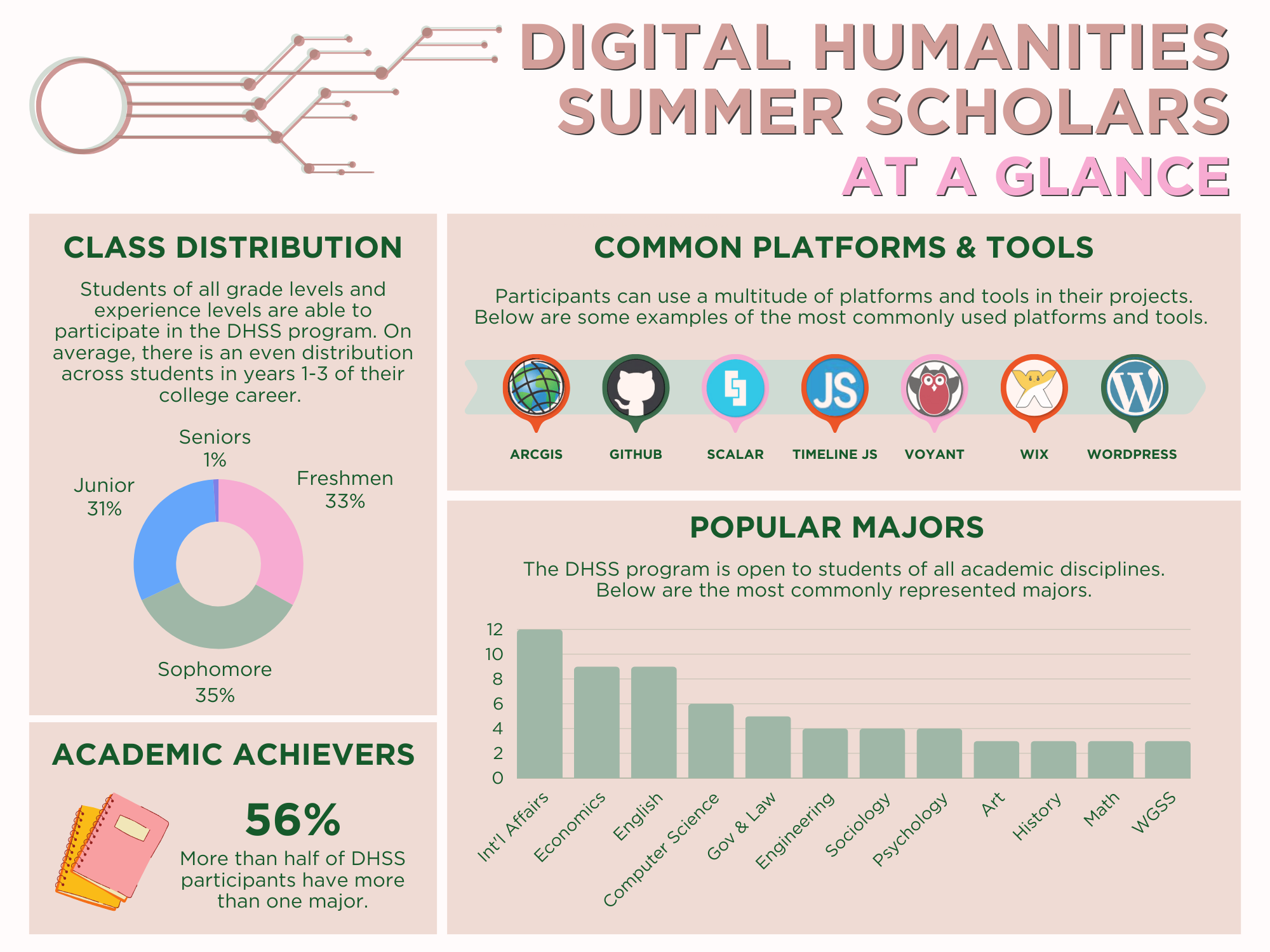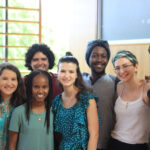Originating as part of a Mellon Grant in 2015, the Digital Humanities Summer Scholarship (DHSS) offers Lafayette College students an opportunity to participate in a competitive, six-week seminar engaging with Digital Humanities: learning digital tools, methodologies, and community practices in order to build a research project of their own design. Students work independently and as a collective to understand and participate in rigorous original research. Scholars are chosen through a competitive application process and receive a stipend for their participation. For more information, please visit our About & FAQ page, review past projects & scholars, or contact program director and Director of Digital Scholarship Services, Angela Perkins.




